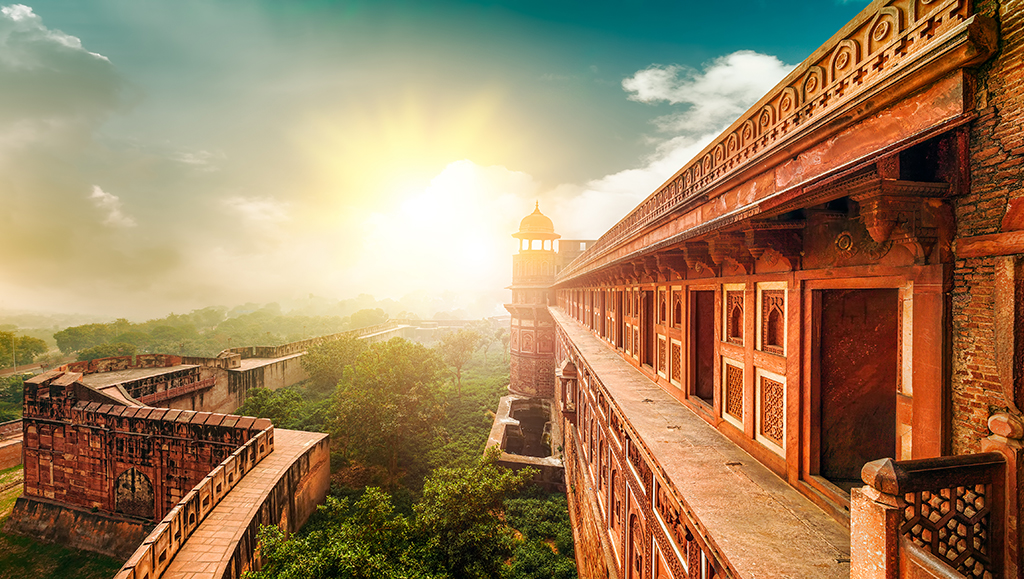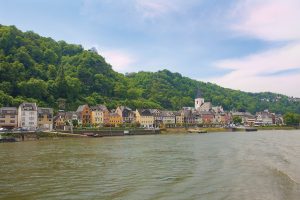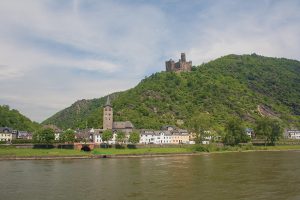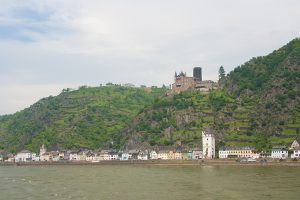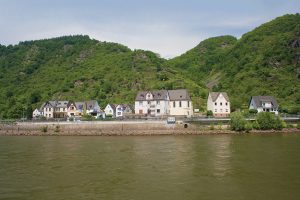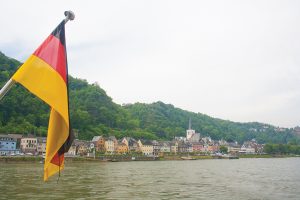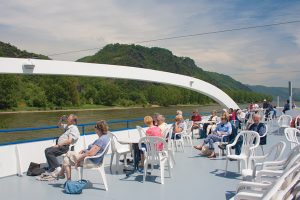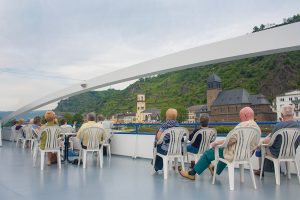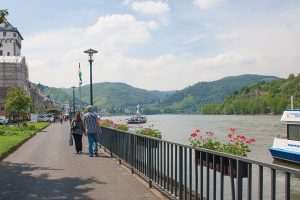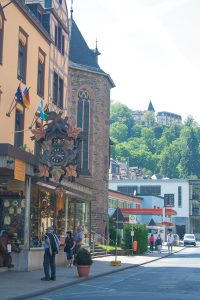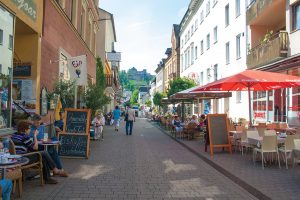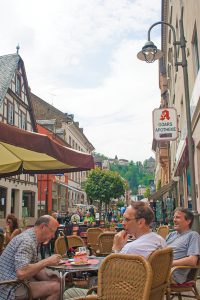Beauty in architecture, the thrill of experiencing a new and exciting culture, incredible cuisines and fascinating wildlife, sounds like the perfect travelling experience, don’t you agree?
Few places in the world offer authentic experiences these days. With the world becoming more and more commercialised, you may not feel you’re getting the real deal when visiting new places. After all, you can fly half way around the world and still find a burger chain restaurant you’d thought you’d left behind on your local high street.
Of course, some of us embrace it. And, why not? Home comforts can certainly make travelling more familiar and, well… comfortable.
But, if you’re looking for something a little out of the ordinary, somewhere where you can really feel you’re embracing a new culture… say hello to India.
We’ve recently launched our brand new tour and an exciting new destination, exploring India and its incredible Golden Triangle. And, we’re pretty sure this is one of those tours that will really fuel your wanderlust.
We’ve left no stone unturned when it comes to experiencing the very best of India. From iconic destinations to coming face to face with the majestic tiger, here’s just some of the incredible things you’ll experience on our brand new tour…
The Golden Triangle
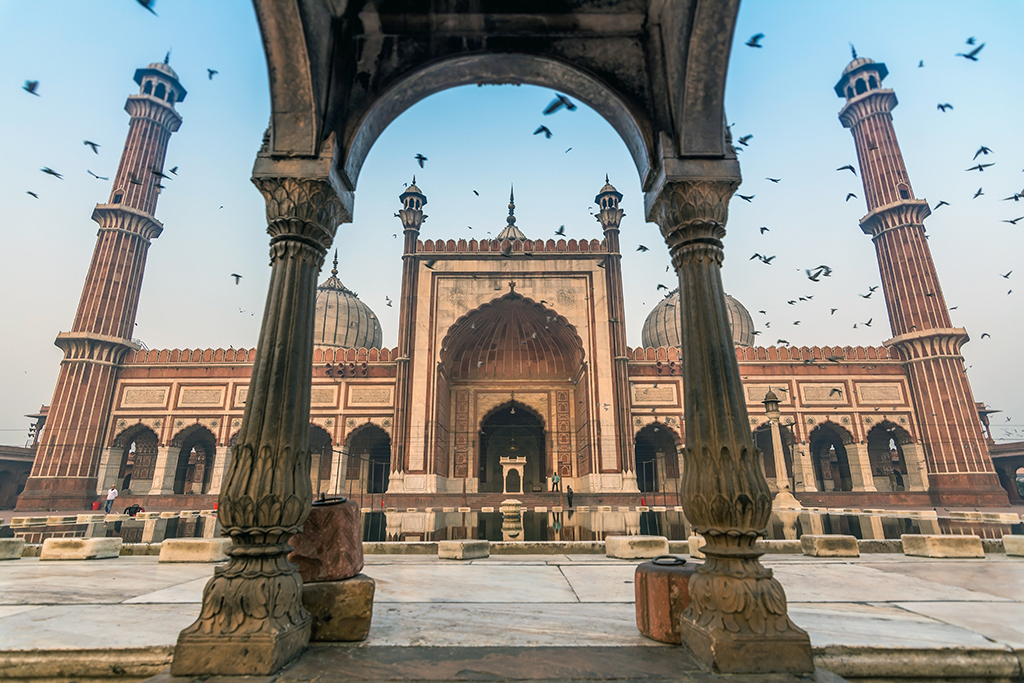
You may have heard of the Golden Triangle in reference to India before, or maybe not if this is your first insight into the country. But, the Golden Triangle is a must. It refers to India’s three most visited cities in the north-west, Delhi, Agra and Jaipur and is a major tourist route packed full of fascinating sights.
Jaipur is home to some of Asia’s best Bazaars, a city buzzing with activity, nicknamed the ‘Pink City’ from the hue of its buildings, you’ll certainly want to visit its main attraction, the Amber Fort, just on the outskirts of the city.
The capital of India, Delhi, is a real contrast of old and new, from its turbulent past to its thriving future, it is host to a wealth of fascinating historical monuments as well as modern symbols of the present day such as India Gate and Parliament House.
And Agra, well… Where do we start? Obviously the world famous…
Taj Mahal
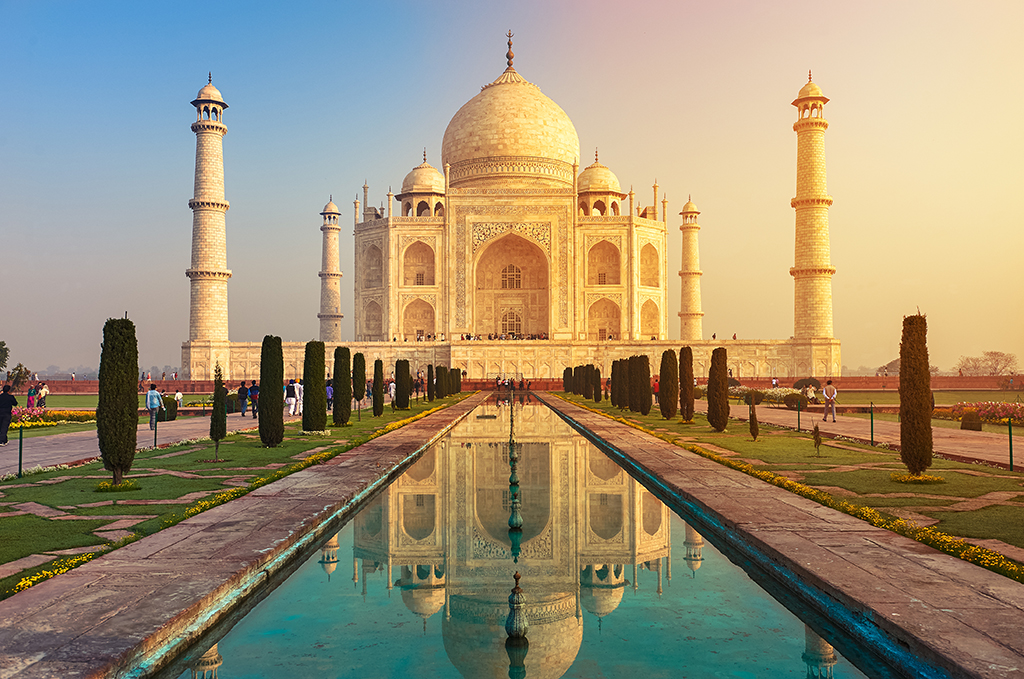
Topping many bucket lists, a trip to the Taj Mahal is a must when visiting India. A wonder of the world and universally admired, the mausoleum of white marble is a spectacular sight.
Built in Agra between 1631 and 1648, by order of the Mughal emperor, Shah Jahan, in memory of his third (and favourite) wife who died during the birth of their 14th child. The iconic building is a true symbol of eternal love and romance.
Easily one of the most photogenic pieces of architecture in the world, you’re probably wondering just when are the best times to visit? Two pieces of advice, early morning and evening. Although, in the morning, your view could be slightly shrouded by mist, but in the evening… expect perfection.
The orange glow of the evening sun, the warm air clearing any lingering residue and the views of the Yamuna River opening up, you don’t have to be an avid photographer to capture the most incredible photos during the golden hours of the evening.
As many as 28 different varieties of semi-precious and precious stone were used to adorn the Taj Mahal, making this more than just a gem on your journey through India, but a truly treasured experience.
Agra Fort
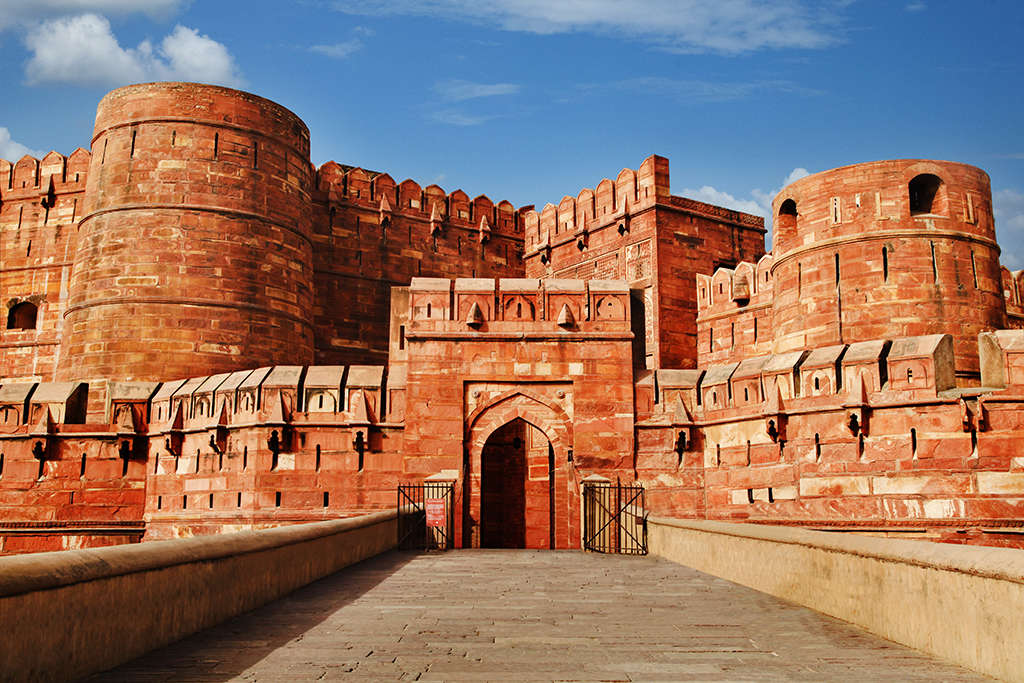
Staying in the city of Agra, there’s more than just the Taj on offer in the former capital city of India. The Agra Fort is a sandstone and marble masterpiece.
It runs along a 2.5km stretch of the Yamuna River and was built as a military fort by Emperor Akbar. It was repurposed as a palace by no other than Shah Jahan, who spent his last years under house arrest there by his own son, Aurangzeb.
Despite being held prisoner following an illness, which saw four of his son’s embroiled in a war of succession, Shah Jahan was given a room with a view, in a tower overlooking the Taj Mahal.
The Shah Burj, as it is known, has an exquisite marble balcony where Shah Jahan spent his final days close to his late wife, overlooking his masterpiece.
If the Taj was the jewel of Agra, Agra Fort certainly shines just as bright. The walls house a number of stunning structures such as the pearl mosque and many hidden rooms, a fantastic experience learning about the grand legacy of the Mughals in India.
Fatehpur Sikri
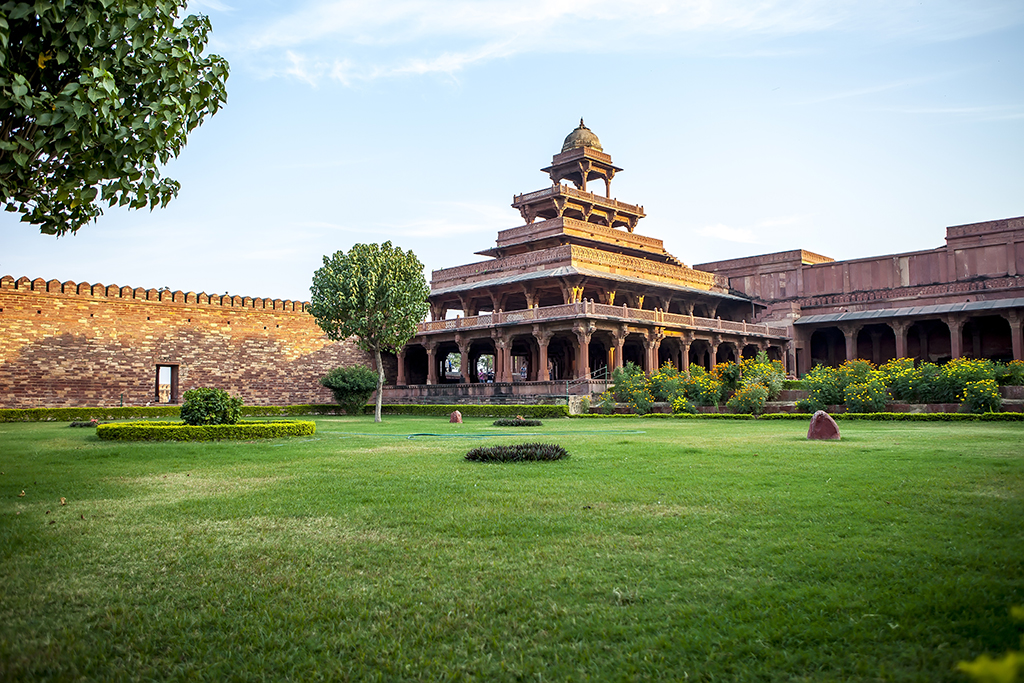
Follow the Red Sandstone to Fatehpur Sikri, a small ghost city just west of Agra. Ranking among the most visited spots in India, the city was made the political capital of the Mughal Empire between 1571 and 1585.
Fatehpur Sikri is considered to be one of the architectural legacies of Akbar, hosting beautiful palaces, halls and mosques.
From the Buland Darwaza, the largest gateway in the world, to the Panch Mahal, a beautiful 5-storey ‘pleasure palace’ used for Emperor Akbar to relax and unwind and to be used for his entertainment.
The top floor offers outstanding panoramic views of the surrounding area and the brilliant architecture within Fatehpur Sikri.
The complex took around 15 years to build and is one of the best instances of Mughal architecture and is now a UNESCO heritage centre.
Ranthambore National Park
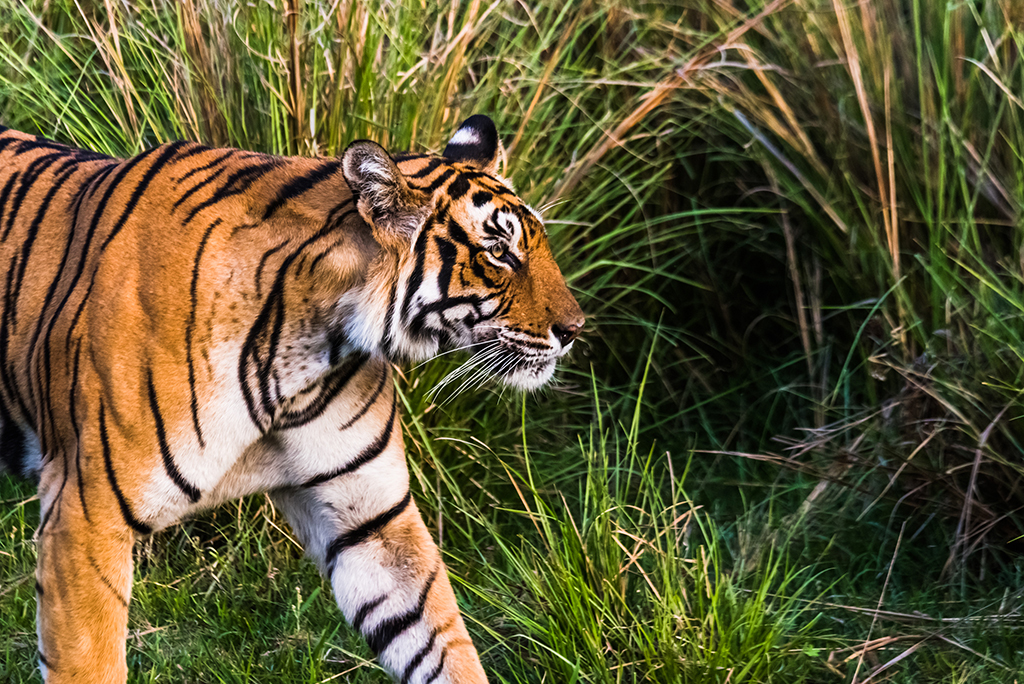
One of India’s most iconic parks, Ranthambore is best known for its population of Bengal tigers. A former hunting ground of the Maharajas of Jaipur, the park now acts as home area for one of India’s most famous conservation projects, Project Tiger.
The project was launched to protect the diminishing population of tigers throughout India. With just 9 tigers in its care at the birth of the project, with the help of more tiger protection schemes around the country, India now boasts an impressive 70% of the world’s tiger population.
The importance of tiger preservation in India is more than stopping a species from going extinct, the tiger also plays a pivotal role in the health and diversity of the ecosystem.
The top predator of the food chain keeps the population of the wild ungulates (hooved mammals such as goats, cows and deer) in check, and maintains the balance between these herbivores and the vegetation that they feed on. If the tigers were to become extinct, the entire system would collapse.
Ranthambore offers more than just a chance to see the tigers up close and personal, but a real insight into India’s wildlife.
India offers one of those once in a lifetime trips of true experiences and creating lasting memories
If you’re ready to indulge in a fantastic Indian extravaganza, take a look at the full itinerary of our India’s Golden Triangle – Delhi, Agra, Jaipur, Ranthambore tour, here.

